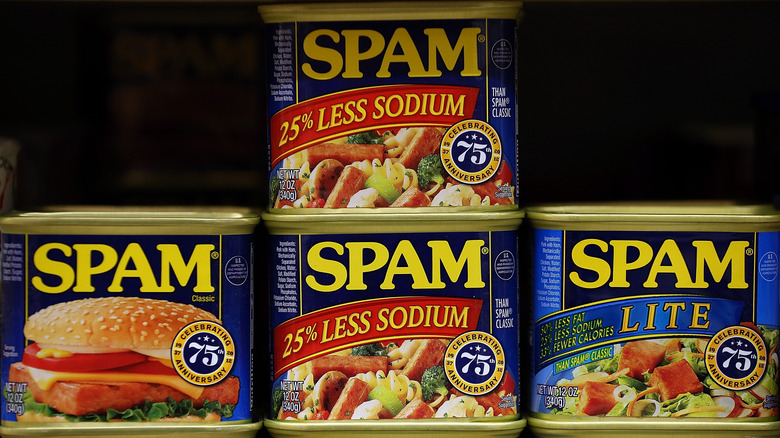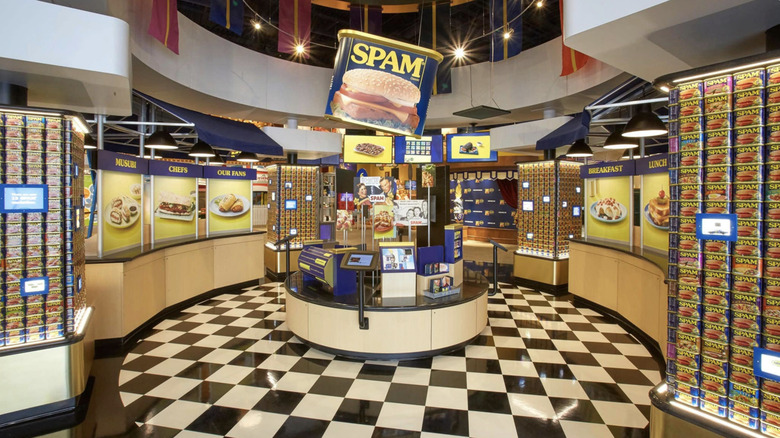The Wacky Minnesota Museum Dedicated To All Things SPAM Related
In Austin, Minnesota — roughly a two-hour drop from Minneapolis — you'll find a town that treats canned meat like high-end art. It's home to a 14,000-square-foot shrine to processed pork. It's not a joke, or a roadside gag — though it has the whimsy of one. The SPAM Museum is very real, very free to enter, and very committed to celebrating a meat product that's been confusing people since 1937. You'll find it in downtown Austin, a city that wears its nickname — "The City of SPAM" — like a badge of honor.
Hormel Foods, the company behind SPAM, is headquartered just down the road and has been for well over a century. Naturally, the museum is just as much a tribute to the brand's deep roots in Austin as it is to SPAM itself. And while this may sound like something out of a rejected SNL sketch, the place draws over 100,000 visitors a year from around the world — often people who planned their entire trip around it.
There are plenty of bizarre food museums out there, but few lean in as hard — or pull it off as well — as this one does. Whether you're a diehard fan or still not entirely sure what SPAM even is, this is the kind of place that teaches you things you didn't know about SPAM — all while handing you a sample to prove it.
Inside the absurdity of the SPAM Museum
Walk through the doors and you'll quickly realize this isn't your average exhibit of dusty memorabilia. Instead, the SPAM Museum runs on interactivity and just the right amount of chaos. You can test your canning skills in a timed SPAM-packing game, take a personality quiz to figure out what kind of SPAM you are (existential crises optional), or dive into a colorful Global Marketplace lined with recipe cards and displays from over a dozen countries. The walls tell stories, sure, but they invite you to play along.
It's easy to expect pure gimmick, but what sells it is the weird sincerity. Employees, who also go by the name of "SPAMbassadors," roam the space handing out samples, answering questions, and yes, explaining what SPAM stands for — about 50 times a day. For reference, it's "spice and ham," a name born from a New Year's Eve party game in 1936. It showed up on battlefields in lunch tins and supply crates, earning its keep long before it ever landed in a museum. Today, it's a staple in places like Hawaii, where locals eat upwards of 8 million cans a year.
Whether you show up in person or book a free virtual tour, it's not hard to see how this place earned a reputation as one of the world's coolest food museums. It's proudly weird, endlessly enthusiastic, and somehow — against all odds — genuinely informative. Few places can pull off that combo while making you crave a meat product you swore you'd never touch.

